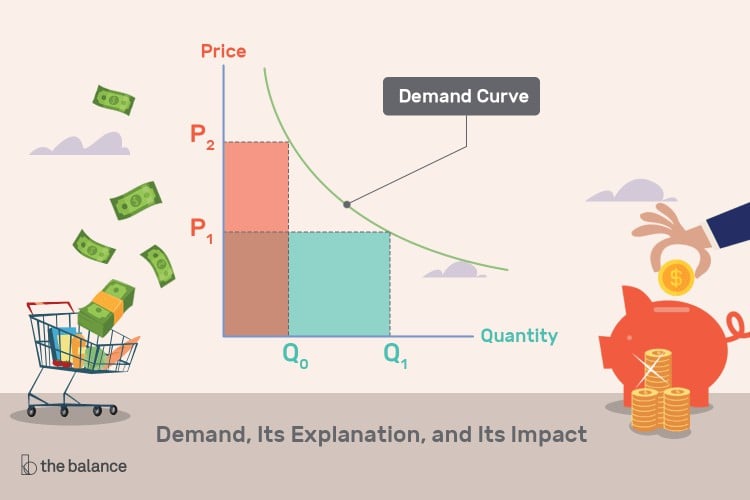An overdraft line of credit or savings account is the two most common types of accounts that may be linked to a checking account as part of an overdraft protection transfer. This opt-in service allows you to connect your checking account to another one at your credit union or bank. It is one of the several overdraft protection alternatives normally made available by financial institutions such as banks.
If your checking account is too low to fund a transaction, your bank will immediately transfer money from the connected savings account or credit line to your checking account. This service is free by certain banks, but others may charge $12 or more for every transfer. Even if there is a fee, it is often far less than the ordinary overdraft fee the bank charges.
What Are The Key Differences Between Overdraft Protection And Overdraft Coverage?
Overdraft protection is when a financial institution uses its own funds to cover a transaction that would cause your account to go into the negative, charging you a fee for the service. This service requires that you opt-in to use it, and the cost is somewhat high: The fee is often around $35.
In addition, more expenses can potentially be incurred. If you don't get your account balance up to a positive number, the following thing you purchase might result in another overdraft fee being assessed to your account. Additionally, you may be liable to a continual negative balance fee even if you do not make any additional transactions.
For Overdraft Protection, What Kinds Of Accounts Might Be Linked?
When you have an overdraft on your primary checking account, you may protect yourself from fees by linking a savings, money market, or second checking account to the primary account. Although most banks charge between zero and twelve fees for each transfer, a few charge more for this service. Your financial institution could provide you access to an overdraft line of credit, which often comes with a very high annual percentage rate.

Is It Possible To Make Credit Card Use For Overdraft Protection?
You also can link a credit account as a secondary source of funding for your account. Each time money is transferred, you will be subject to interest charges on the total amount of the transfer and any transfer fees.
In the same way that it would happen with any other credit account, your bank may issue you a bill, and you may incur interest if you fail to make payments on time and in full. Because opening a credit account is contingent on being approved, this option is not universally available.
Things To Consider
Even though overdraft protection transfer services have potential to be cost-effective bank-funded overdraft coverage alternative, still several reasons to exercise caution when using these services:
- Even if you have protection, it is still possible to overdraw your checking account. If you do not have any accessible cash in either credit account or backup savings, the overdraft protection transfer service will not be able to assist you. If you write a check for $200 but only have $10 in your checking account and only $100 in your savings account as a backup, you may still be subject to an overdraft fee. You run the risk of having the transaction declined, or if you gave your bank permission to cover overdrafts and it decides to do so anyway, you may be subject to exorbitant overdraft fees.
- It was possible to transfer more than the precise amount of the overdraft. Banks can transfer overdraft cash in increments of a pre-determined amount, such as multiples of $50. If, for example, a transaction causes your account to go into the negative by $8, the bank may transfer $50 from savings rather than the $8 that was originally requested.
If you sign up for overdraft protection transfer service, you won't have to worry about incurring expensive overdraft fees. You must avoid getting into the habit of spending more money than you already possess. The odd overdraft may be avoided with the aid of these programs.
Still, they cannot take the place of responsible financial practices such as setting up notifications to monitor your account balance. If you have trouble sticking to a budget or maintaining a sufficient balance in your checking account for the day-to-day purchases you need to make, you may want to consider opening a checking account that does not charge overdraft fees or that provides overdraft protection at no cost or a very low cost.







